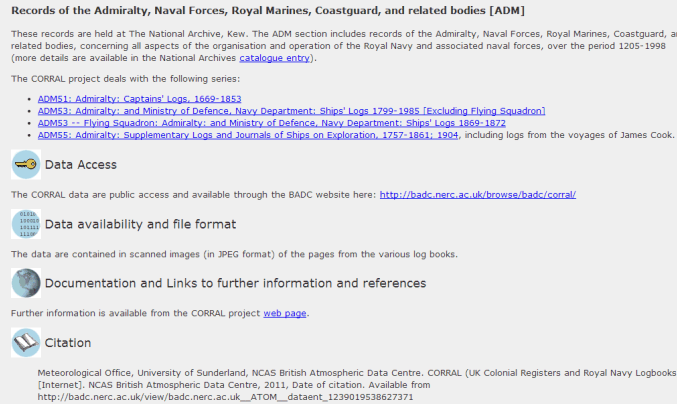
NavList:
A Community Devoted to the Preservation and Practice of Celestial Navigation and Other Methods of Traditional Wayfinding
Re: Refraction
From: Robert Eno
Date: 2005 Sep 3, 07:37 -0400
From: Robert Eno
Date: 2005 Sep 3, 07:37 -0400
Hello Marcel
Refraction error makes the observed body appear to
be higher than it actually is, ergo the same correction rules for postitive
altitudes would apply to negative altitudes; only in this case the
negative numbers would be added. If, for example, your sextant altitude
was minus 5 degrees, and the refraction correction was (I am just
pulling a random number out of my head) minus 60 minutes (refraction
correction is always subtracted from the sextant altitude), then your corrected
altitude would be minus 6 degrees.
Near as I can reckon, you would only experience
negative altitudes from an aircraft flying at high altitudes or in the polar
regions in winter.
Have a look at Table # 6, HO 249, Sight Reduction
Tables for Air Navigation and the correction tables at the back of the Air
Almanac. These give you a bit of a clue as to what to expect. Other than these
tables, I know of no other tables which provide refraction corrections for
negative altitudes for observers at sea level. If anyone out there is aware of such tables, do let me know. It is a
question I have not pondered for some time now.
Robert
----- Original Message -----From: Marcel E. TschudinSent: Thursday, August 04, 2005 6:48 AMSubject: RefractionHello
While searching with Google, I came across this mail list. May be some one out here may be able to help me answering the following question:
How do refraction values for negative elevations have to be calculated, such as e.g. the horizon from a plane? (I am interested in the range of 0° to approx. 5°.)
Is Bennetts approximation also valid for negative elevations? If not, what other approximation formulae should be used, or, where can one find some benchmark values?
I am interested in formulae for both, refraction from apparent position and from physical position.
Thank you for any input to my problem.
Marcel






